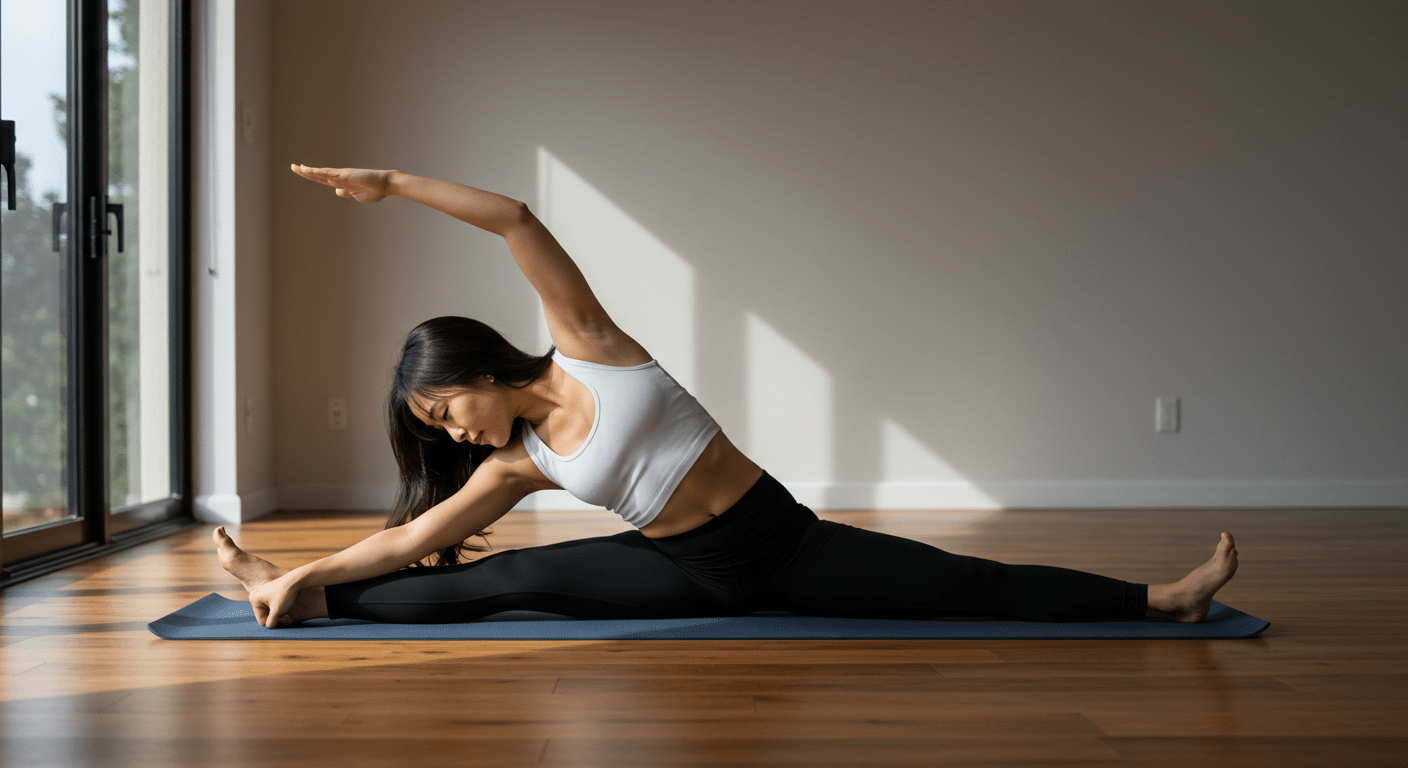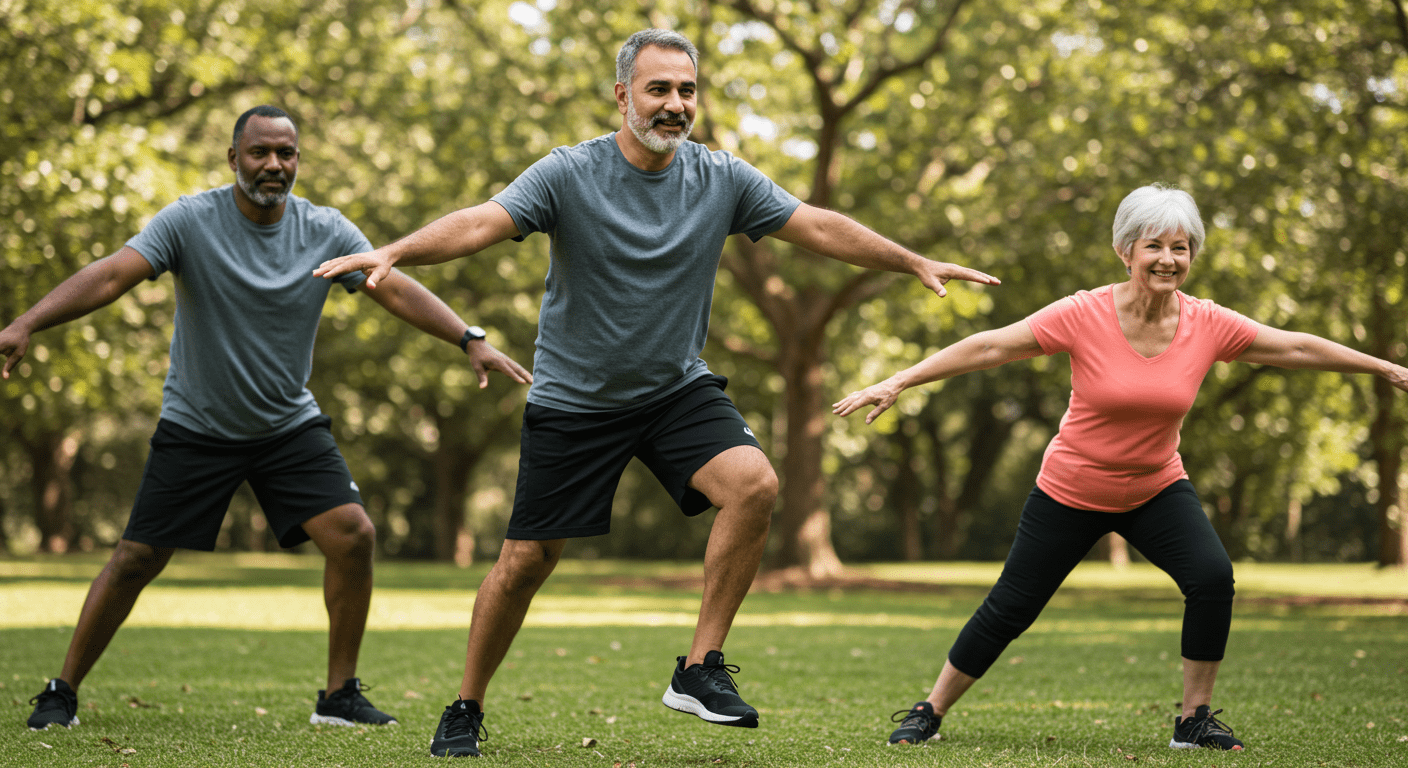The Importance of Flexibility
Flexibility refers to the ability of your muscles and joints to move through their complete range of motion. It is an often overlooked component of physical fitness but is critical for maintaining a healthy, active lifestyle as it facilitates daily activities and reduces the risk of injuries. Enhanced flexibility can also lead to better posture, reduced muscle soreness, and lower stress levels.


